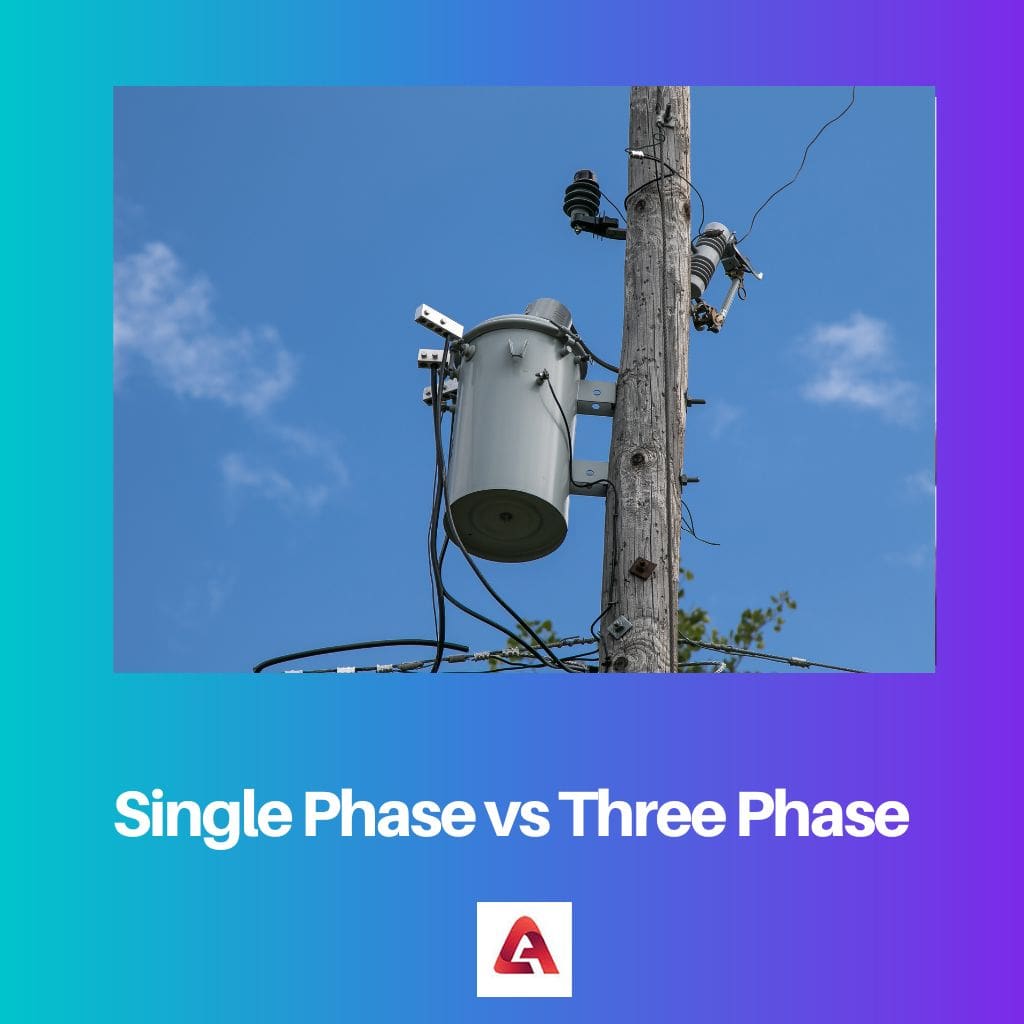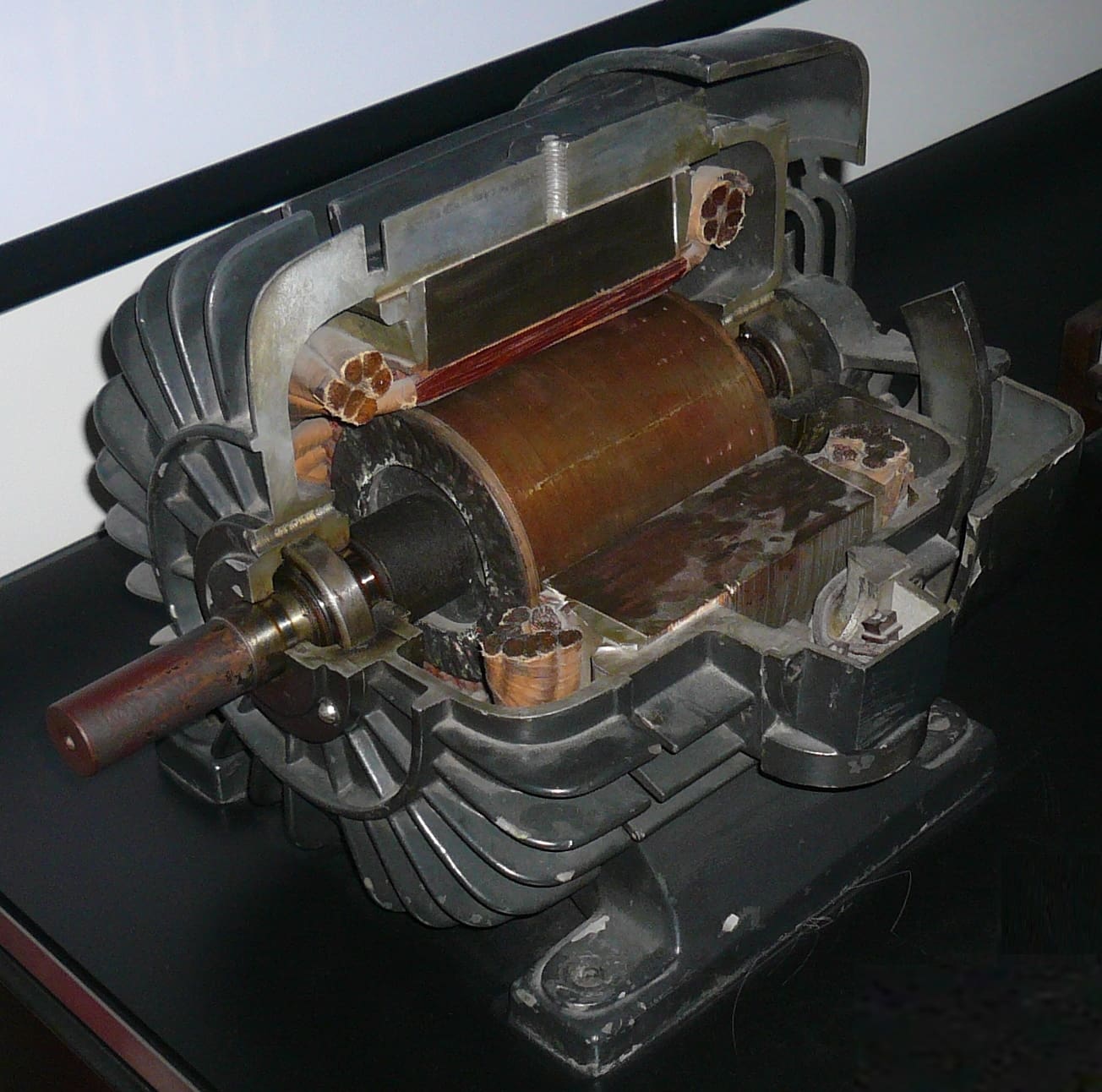Single-phase systems are used primarily for small-scale applications, such as residential and commercial buildings. They consist of two wires – a live wire and a neutral wire. Three-phase systems are used for large-scale industrial applications and long-distance power transmission.
Key Takeaways
- Single-phase power systems have one alternating current waveform, while three-phase systems have three waveforms offset 120 degrees from each other.
- Three-phase systems can deliver more power using less conductor material and are more efficient than single-phase systems.
- Single-phase systems are simpler and more common in residential applications, while three-phase systems are used in various commercial and industrial settings for higher power requirements.

What is a Single Phase?
Voltage fluctuations in a single-phase supply happen everywhere at once. Due to its prevalence in household settings, single-phase current is sometimes referred to as “residential voltage.” In a single-phase setup, power is transmitted along both the phase and neutral wires.
The operation of a single-phase connection is conventional and easy to grasp. Because of this drop in usage, power transmission via a single-phase link is both more efficient and uses less energy. Motors requiring up to 5 HP can be safely operated from a single-phase power source.
In a single-phase power system, electricity is transmitted along just two wires, the “phase” and the “neutral.” The phase wire is responsible for delivering power to the load, while the neutral wire brings the power back. Common single-phase voltage is 230V, and frequency is 50Hz (but this varies by location) (this depends on where you live). In a single-phase connection, voltage fluctuations disrupt the steady flow of energy to the load.
Single-phase connections aim to supply homes and other domestic facilities. This is due to the low amount of energy required by typical home appliances (TV, lights, fan, refrigerator, etc.). You can’t power an industrial motor or other heavy machinery with a single-phase supply.
Due to the low starting torque required, small motors with a power rating of less than one kilowatt cannot be run from a single-phase power supply. Therefore, the motor’s starter is an essential component.

What is a Three-Phase?
Three-phase power uses three independent electric services through 3 alternating currents. It is a type of electrical power distribution. In alternating current, the voltage at each conductor peaks at the same point in the cycle every third of a second.
In a three-phase setup, three live wires and a neutral wire are needed. The angles of 120 degrees between the conductor wires are quite precise. In addition, a three-phase connection supply can take either a Star or a Delta design. Both ground and neutral wire are needed for a star circuit arrangement. There is no requirement for a neutral wire in a Delta circuit.
Three-phase electricity generates three alternating currents and three distinct electric services. Each leg of alternating current achieves a maximum voltage after just one-third of a cycle. In other words, the power output of a three-phase power source is constant and never falls below zero.
The voltage between any two phases is around 415V in a three-phase power system. The voltage between any phase and the neutral is 240V. A three-phase supply can easily serve as three separate single-phase supplies.
There are several drawbacks to three-phase supplies. For example, the wiring can’t be overloaded whatsoever. Additionally, it can be expensive to repair any damaged equipment. Due to the high unit voltage, insulating a three-phase power connection can be expensive.

Difference Between Single Phase and Three Phase
- Single-phase power has 1 whole wave cycle, while three-phase power has 3.
- The output voltage level of single-phase power is 230V, and of three-phase power is 415V.
- Single-phase power is less efficient than three-phase.
- Power loss is higher in single-phase power than in three-phase power.
- Single-phase power is used in home appliances and non-industrial businesses. On the other hand, three-phase power is used in industrial businesses.
Comparison Between Single Phase and Three Phase
| Parameters of Comparison | Single Phase | Three Phase |
|---|---|---|
| Wave Cycle | 1 | 3 |
| Output Voltage Levels | 230V | 415V |
| Efficiency | Less efficient | More efficient |
| Power Loss | Higher | Lower |
| Applications | Home appliances | Industrial businesses |